Japan’s Hokkaido Island is its northernmost island and coldest winter prefecture. With cool summers and snowy, cold winters, it’s a place where you need to come prepared with warm winter clothes and sturdy, snow-proof boots.
Generally, the best time to visit Japan is also the best time to visit Hokkaido, although it is a few degrees cooler than the mainland and not likely to experience typhoon season.
If you’re a first-time visitor or even a seasoned traveler, planning is key. Use this detailed overview of Hokkaido’s weather to help you get the best out of your trip. There is something for everyone in Hokkaido, you just need to know the best time for you.
Where is Hokkaido?
Hokkaido is Japan’s northernmost island and also it’s second-largest. It is separated from Honshu, Japan’s largest island, by the Tsugaru Strait.
The two islands are connected, however, by the undersea railway known as the Seikan Tunnel.
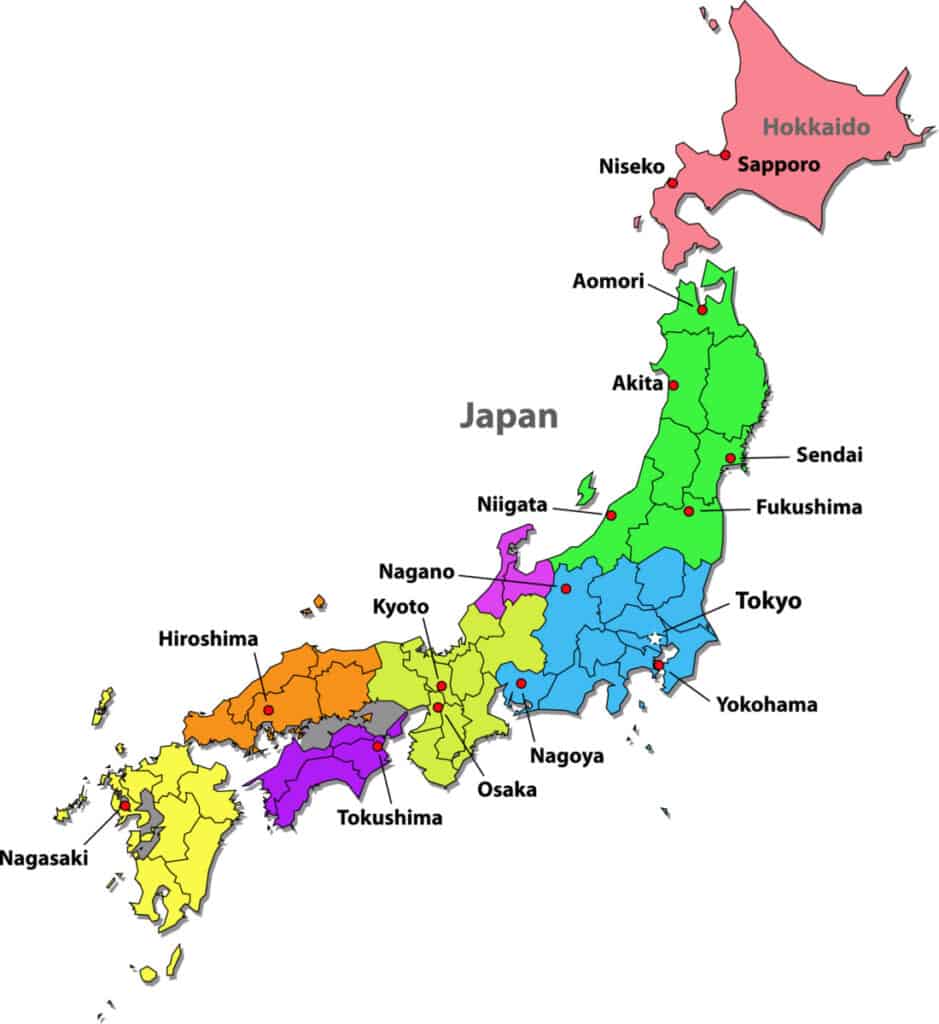
What Can I Expect in Each Month of the Year?
Hokkaido’s summers are relatively cool while its winters can be brutally cold, snowy, and icy. Some houses even have a second-level entrance in case it snows too much to get in the front door!
January
January is Hokkaido’s coldest month of the year and the mean winter temperatures range from 19.4o to 30.2o Fahrenheit (-7 to -1o Celsius).
An average day will see the temperature rise to a blustery 30o Fahrenheit (-1o Celsius) and it is not unusual for areas in high altitude to be buried under many feet of snow.
If you choose to visit Hokkaido at this time of year, you need to make sure that your clothes are warm enough to keep you protected from the cold and icy weather.
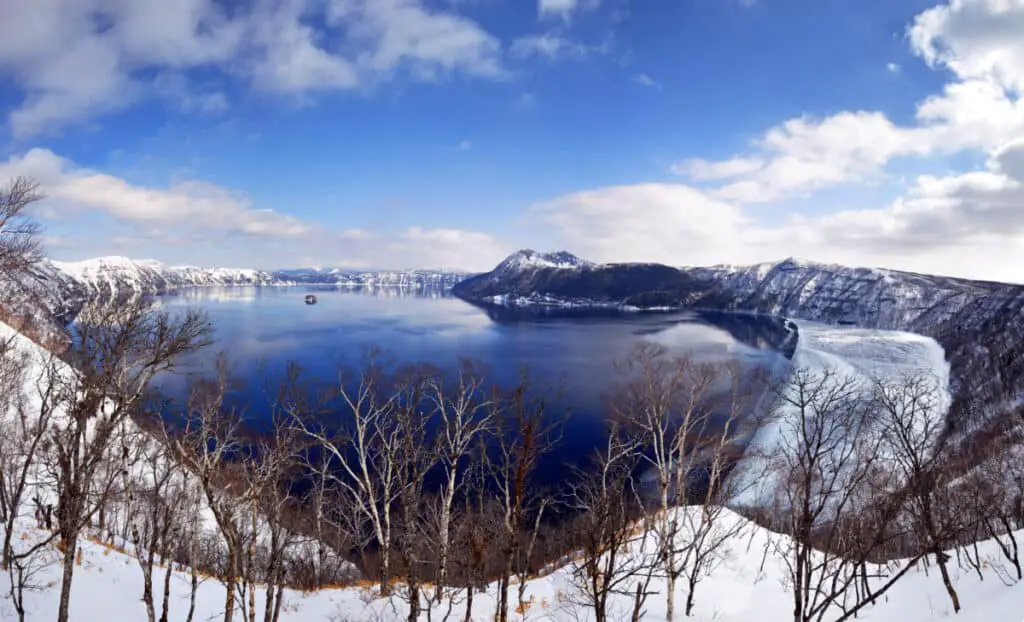
Your best bet is to come prepared with anti-skid bands that you can tape to your shoes. The roads of Hokkaido are often frozen, and the bands will help you walk around safely.
Hokkaido’s average rainfall for January is 4.8 inches and you can expect 9 hours of daylight.
February
In February, Hokkaido’s capital Sapporo welcomes a hoard of visitors to experience its world-famous ice-sculpture festivals. In the heart of the city, tourists and locals alike can experience the wonder of snow and ice-themed activities spread over a mile of fun!
The average temperatures range from 19.4o to 33.8o Fahrenheit (-7o to 1o Celsius) and Hokkaido’s average rainfall is around 4.2 inches. Since it’s still winter, you can expect just 9 hours of daylight.
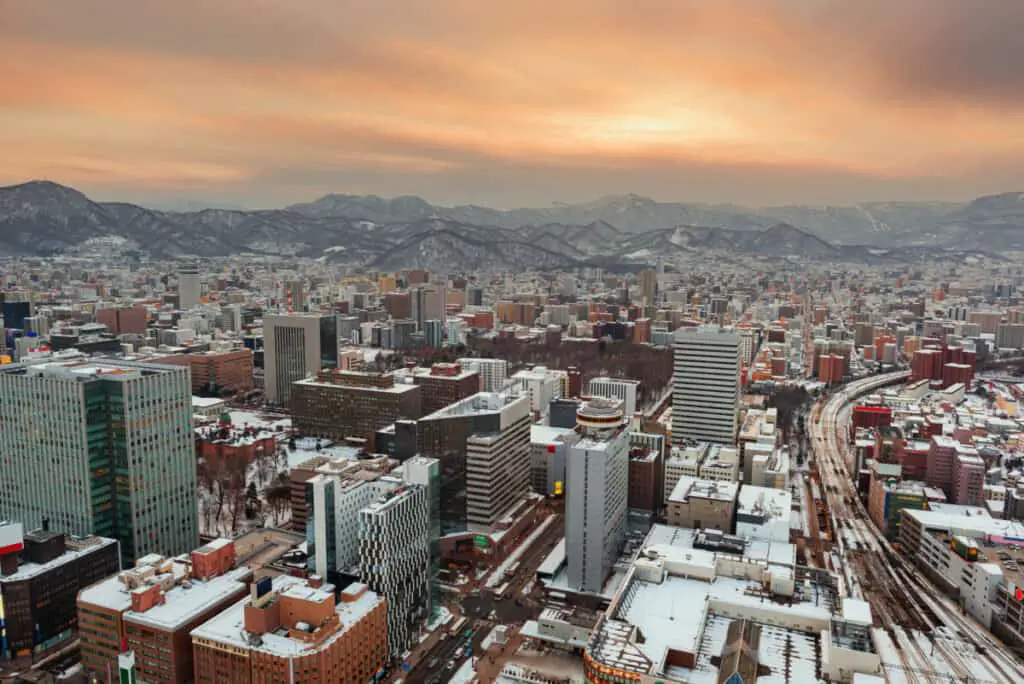
March
Winter in Hokkaido is a wonderland of cool-weather activities and although the temperatures in March are starting to warm up, there’s still plenty to do.
Every March, you can enjoy the Vasa Loppet Japan ski event in Asahikawa, a family-friendly cross-country event.
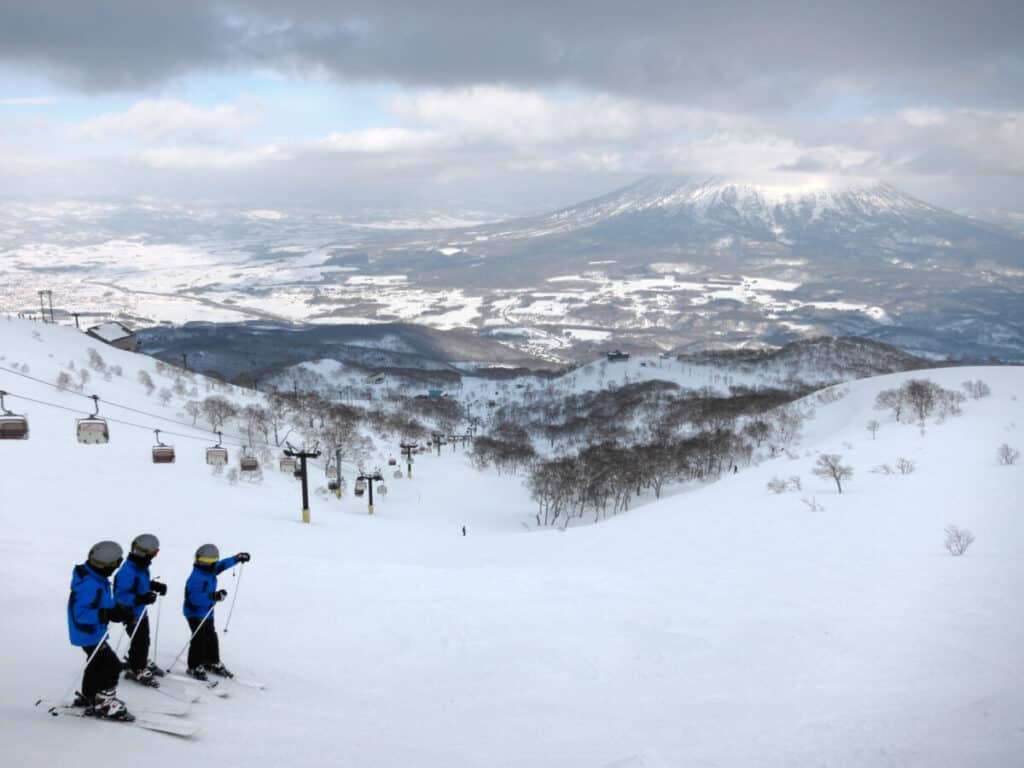
For most visitors, March is a time to head straight to Hokkaido’s ski resorts at Rusutsu and Niseko Village. In the wilderness, you can also see natural wonders such as drift ice, diamond dust, and gloriously beautiful sun pillars.
It is still frigid and cold so don’t forget your coat, hat, and insulated gloves! The average rainfall or snow sits at around 3.5 inches and you’re likely to get around 10 hours of daylight per day. The average temperatures range from 26.6o to 39.2o Fahrenheit (-3o to 4o Celsius).
April
With mean temperatures ranging from 26.6o to 51.8o Fahrenheit (4o to 11o Celsius), the weather is warming up but there is still a chill in the air.
By the middle of the month, the snow is slowly starting to recede and it’s much easier to walk around town in regular shoes.
With spring in the air, cherry blossoms (Sakura) come to the fore and by the end of the month, Hokkaido experiences the first blooms of color.
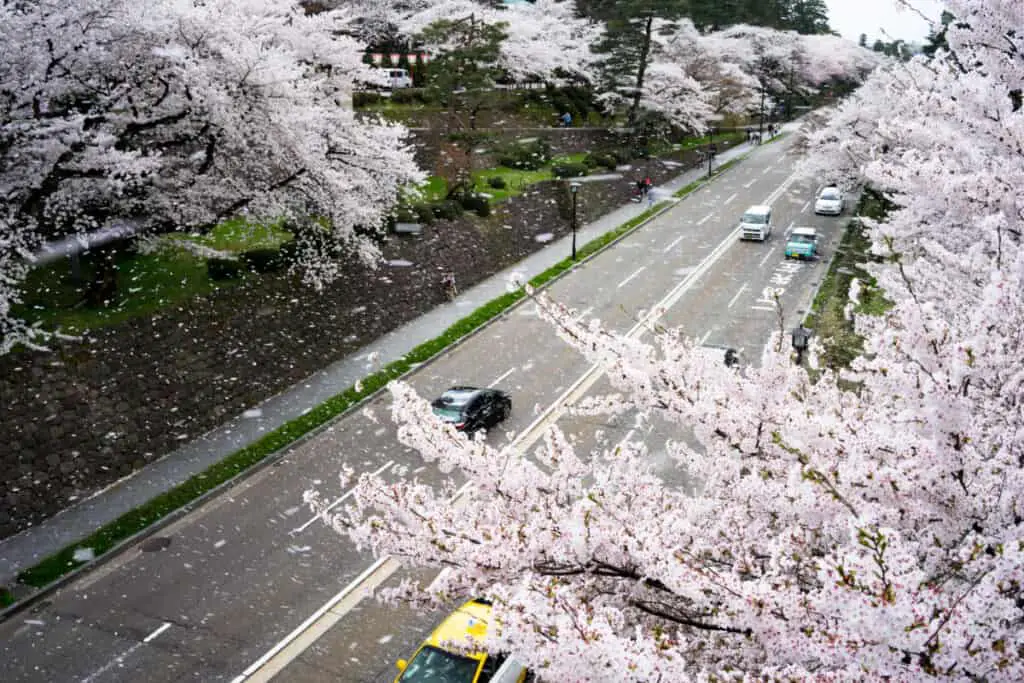
One of the top attractions is the night-time lights display at Goryokaku Park in Hakodate. With 1,600 cherry blossom trees, the spectacular display is a sight not to be missed, especially from the nearby Goryokaku Tower.
At this time of year, you can expect 12 hours of daylight and the average rainfall to drop to 3.5 inches for the month.
May
By May, you can safely say that spring is in the air. It’s getting noticeably warmer, although it is still chilly when the sun goes down.
The mean temperature ranges from 48.2o to 64.4o Fahrenheit (9o to 18o Celsius), and with just 1.9 average inches of rainfall and 14 hours of daylight, visitors can enjoy activities in the warmer weather such as the Sapporo Lilac Festival.
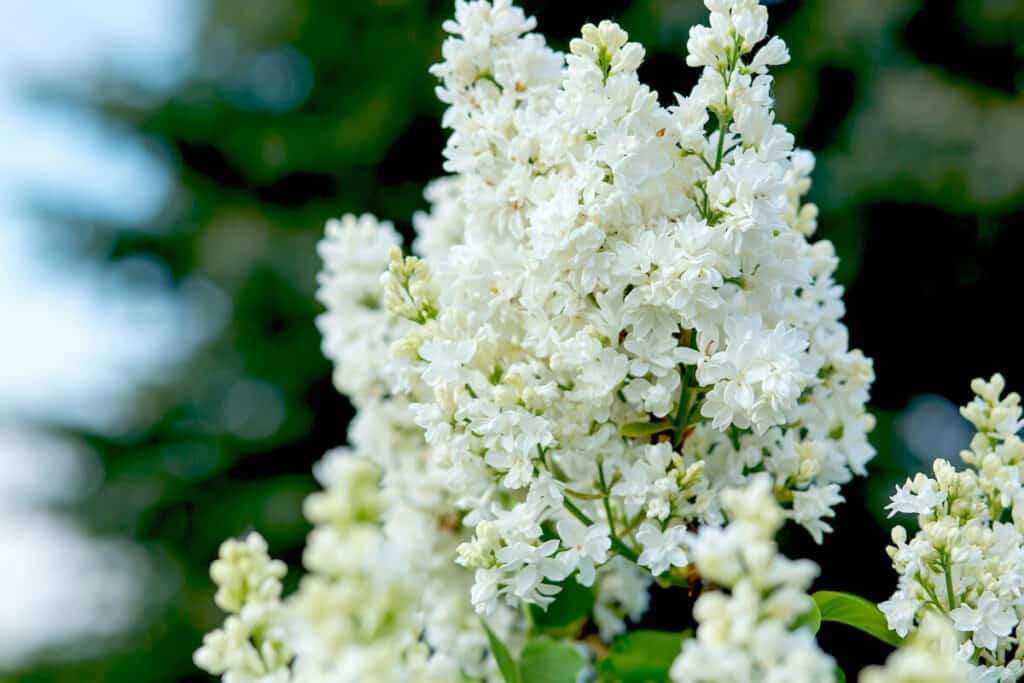
This festival features Sapporo’s favorite flower, the lilac, and it celebrates the end of winter and the promise of summer. Your best bet is to visit Odori and Kawashima Parks on the first day of the festival when you can collect a gift of free lilac seedlings.
June
During June, you can experience up to 15 hours of light each day, and there is very little chance of getting caught in the rain (the average rainfall is just 1.8 inches).
The mean temperature ranges from 55.4o to 71.6o Fahrenheit (13o to 22o Celsius), making it a temperate and pleasant time to visit the island.
With sunny days and cool but not cold nights, it’s a great time to visit Hokkaido’s natural highlights, like Shiretoko National Park, Mount Asahi, and Sugatami Pond.
For those who love to dance, the Yosakoi Soran Festival is a great way to get your groove on amongst 2 million other visitors.
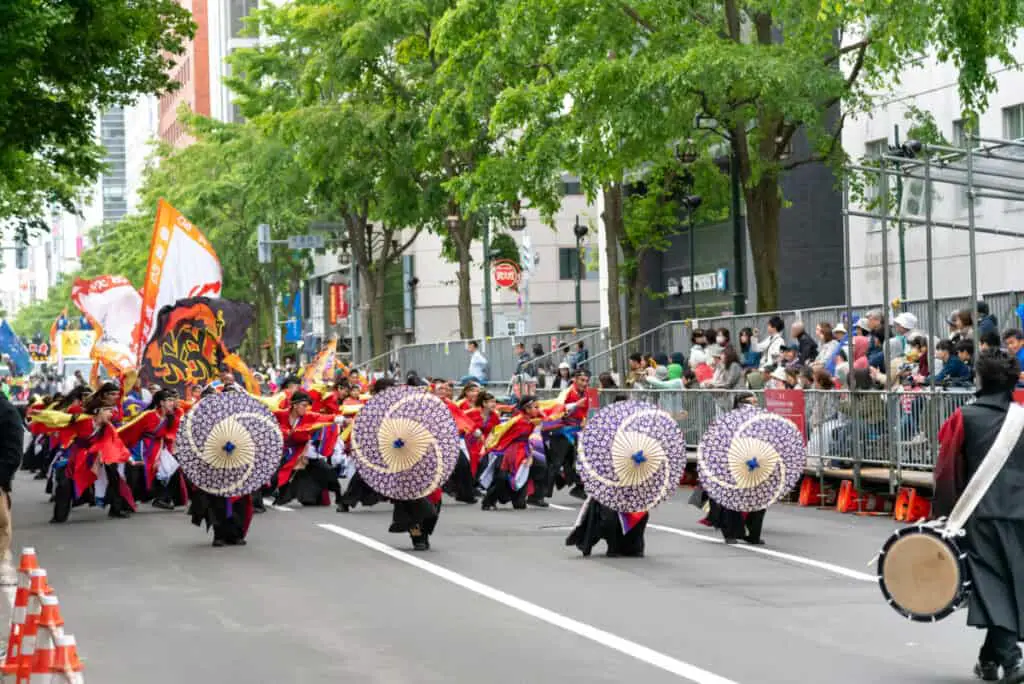
July
July in Hokkaido is a dream for lovers of summer, with long days (15 hours of sunlight), little rain (just 3.1 inches on average), and mean temperatures ranging from 66.2o to 80o Fahrenheit (19o to 27o Celsius)!
You can finally ditch the long-sleeved top and have fun in a light t-shirt and shorts. For something special, make sure you’re in town when the locals stage the Hakodate Open-Air Play based on events from their history.
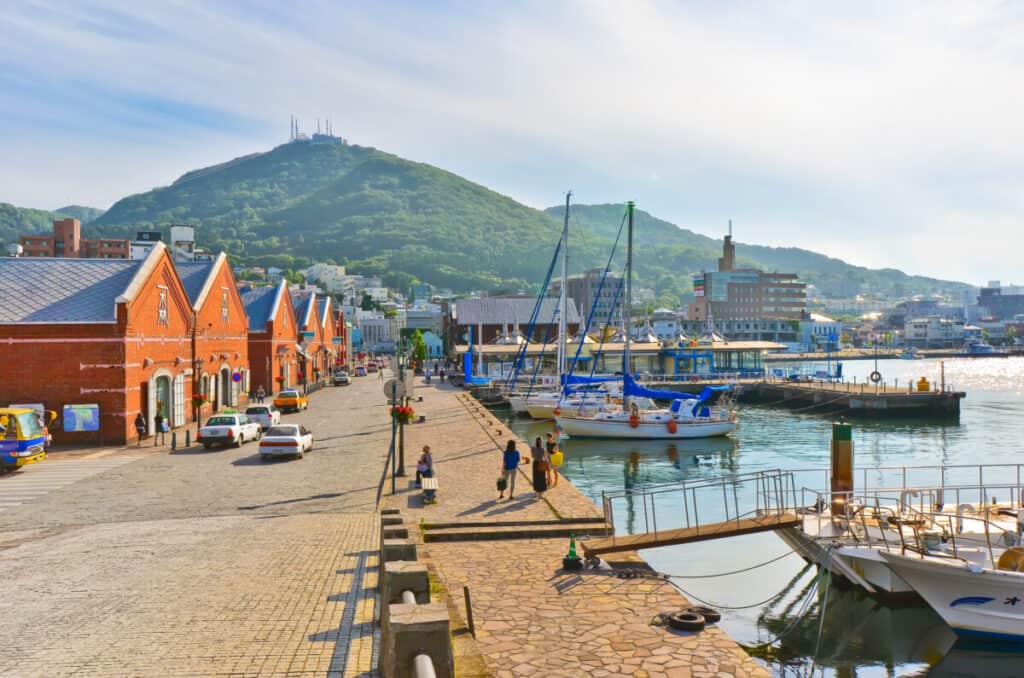
August
August is the height of summer in Hokkaido and mean temperatures range from 66.2o to 80.6o Fahrenheit (19o to 27o Celsius).
This is the best time of year to enjoy one of Hokkaido’s many coastal beaches to sit, relax and soak up the sun. However, rainfall averages increase at this time (4.5 inches), but you’re still able to enjoy 14 hours of sunlight.
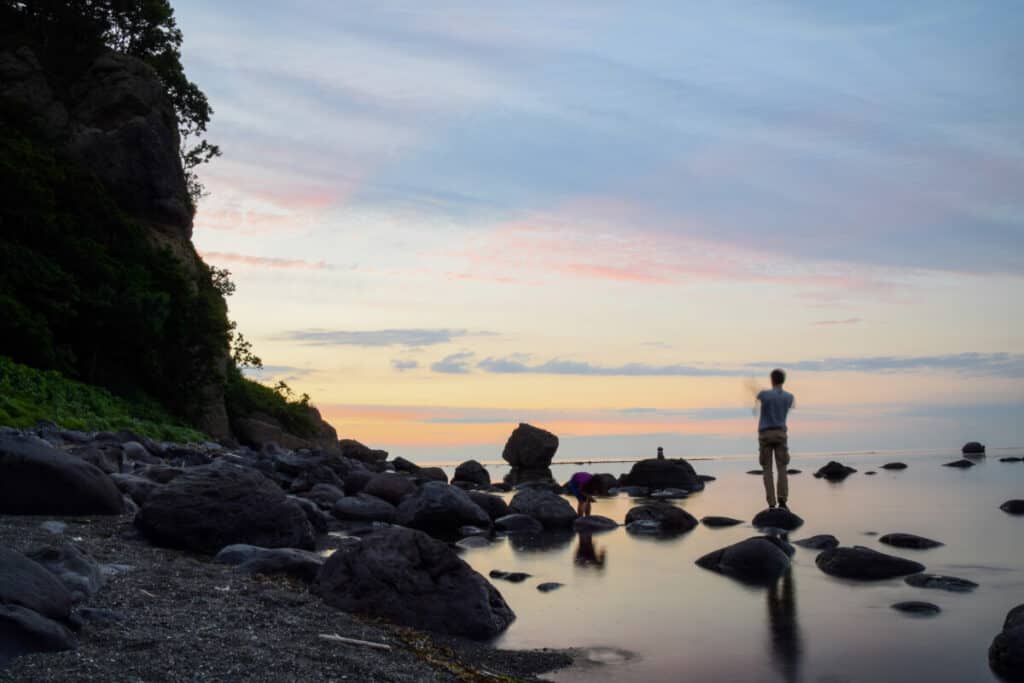
September
By September, cooler temperatures have arrived to let you know that the warm days of summer are over.
The mean temperatures range from 57.2 to 73.4o Fahrenheit (14o to 23o Celsius) and rainfall averages are the highest of the whole year at 5.9 inches. However, there are still 13 hours of daylight to enjoy.
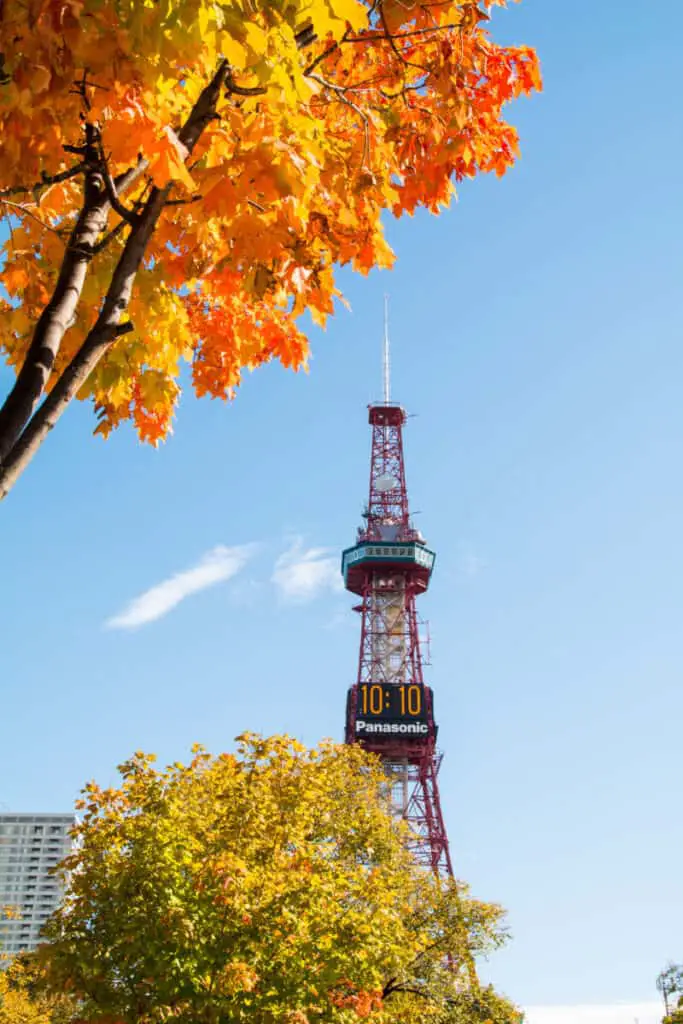
What better way to usher in the cooler months of autumn (fall) than with a festival? The Sapporo Autumn Fest is the best place to experience all that the city has to offer, from seasonal dishes to the best local seafood.
October
By the time October rolls around, the weather has cooled dramatically. The mean temperatures range from 46.4o to 62.6o Fahrenheit (8o to 17o Celsius) and you’ll need to dust off your gloves and coat to wear, even in the daytime.
October continues the rainy trend with an average of 4.9 inches and the length of daylight is slowly decreasing, sitting at 11 hours at this time of year.
Nonetheless, you can enjoy Lake Toya Tsukiura Wine; Gourmet Festival and have a taste of the region’s specialty, its Tsukiura Wine, and local chargrilled wagyu (Japanese beef).
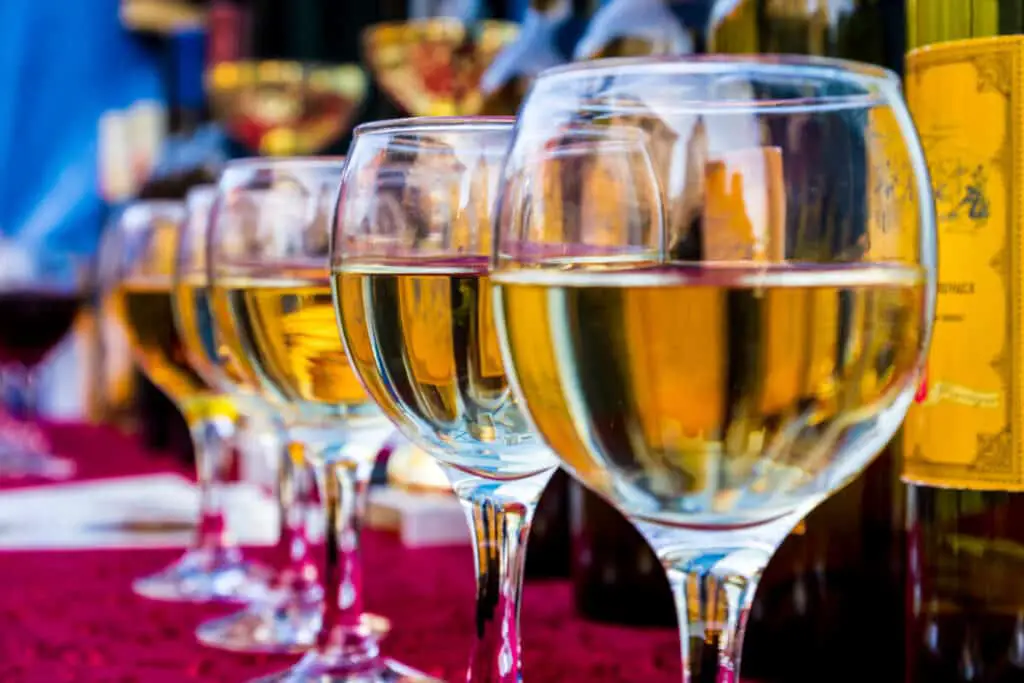
November
November in Hokkaido means that winter has come around again. The mean temperatures range from 33.8o to 48.2o Fahrenheit (1o to 9o Celsius) and the rainfall is still high (4.7 inches), with 10 hours of daylight. You’re likely to see Hokkaido’s first snow of the season.
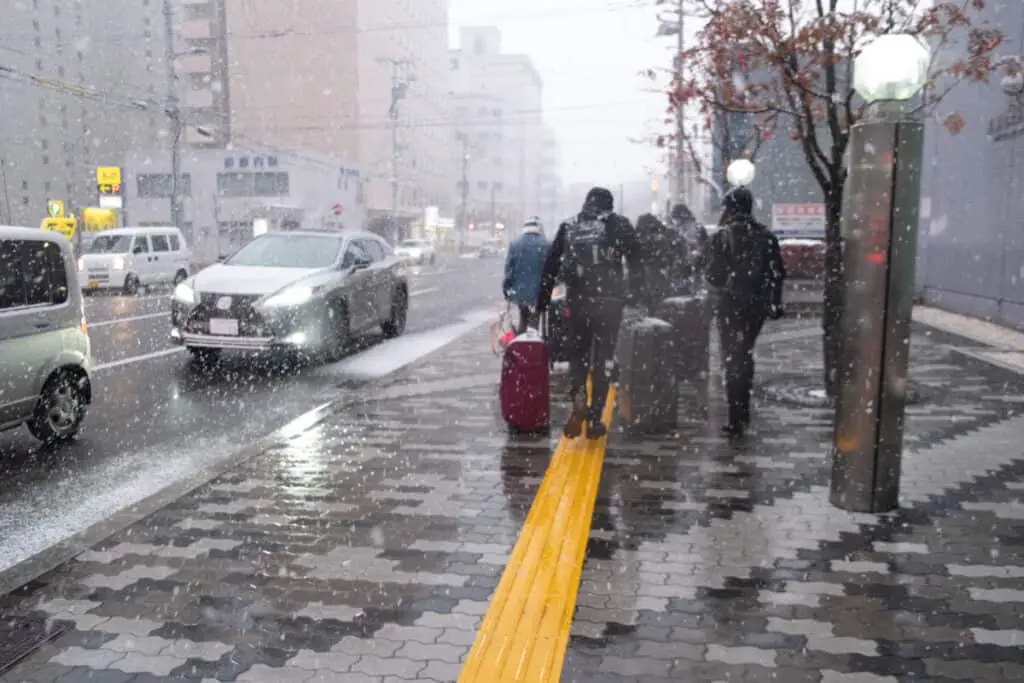
You will need to make sure you have a high-quality (preferably down) coat, gloves, scarf, a warm hat, and heavy pants with the option of wearing leggings underneath.
December
During December, snowfall is a daily occurrence so you will need to attach anti-slip belts to your shoes to make sure you don’t fall on the ice and snow-covered streets.
The mean temperatures range from 24.8o to 37.4o Fahrenheit (-4o to 3o Celsius) and there are only 9 hours of sunlight. You’re also likely to experience 4.9 inches of rain.
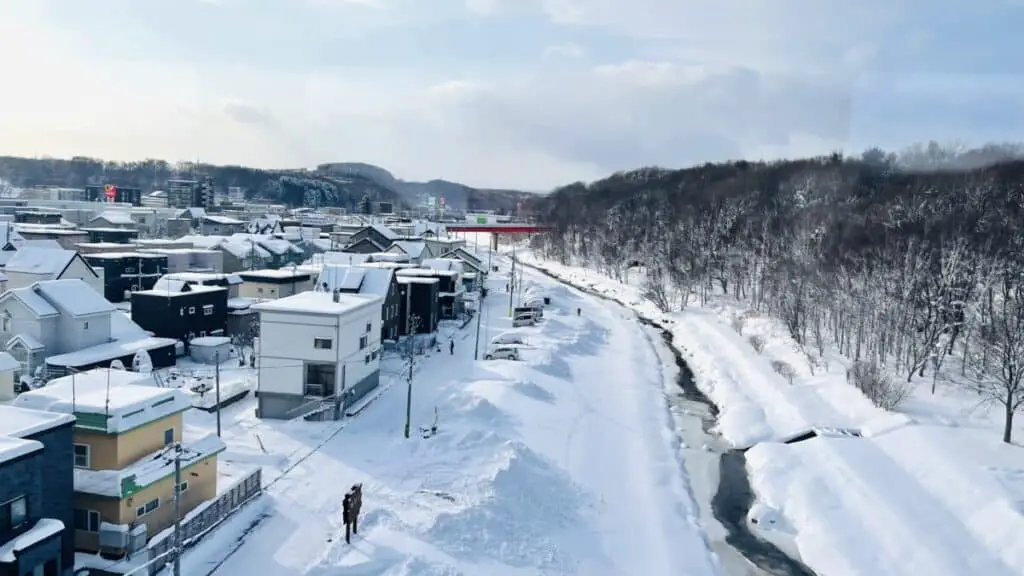
Despite the cooler weather, it’s still a great time to visit Hokkaido. If you make your way to the Port of Hakodate, you will experience the magic and wonder of the Illumination, a festival for the senses when 50,000 lights decorate the winter streets, trees, and houses.










